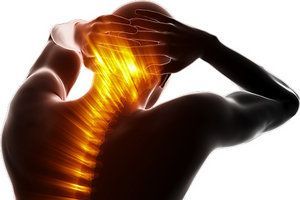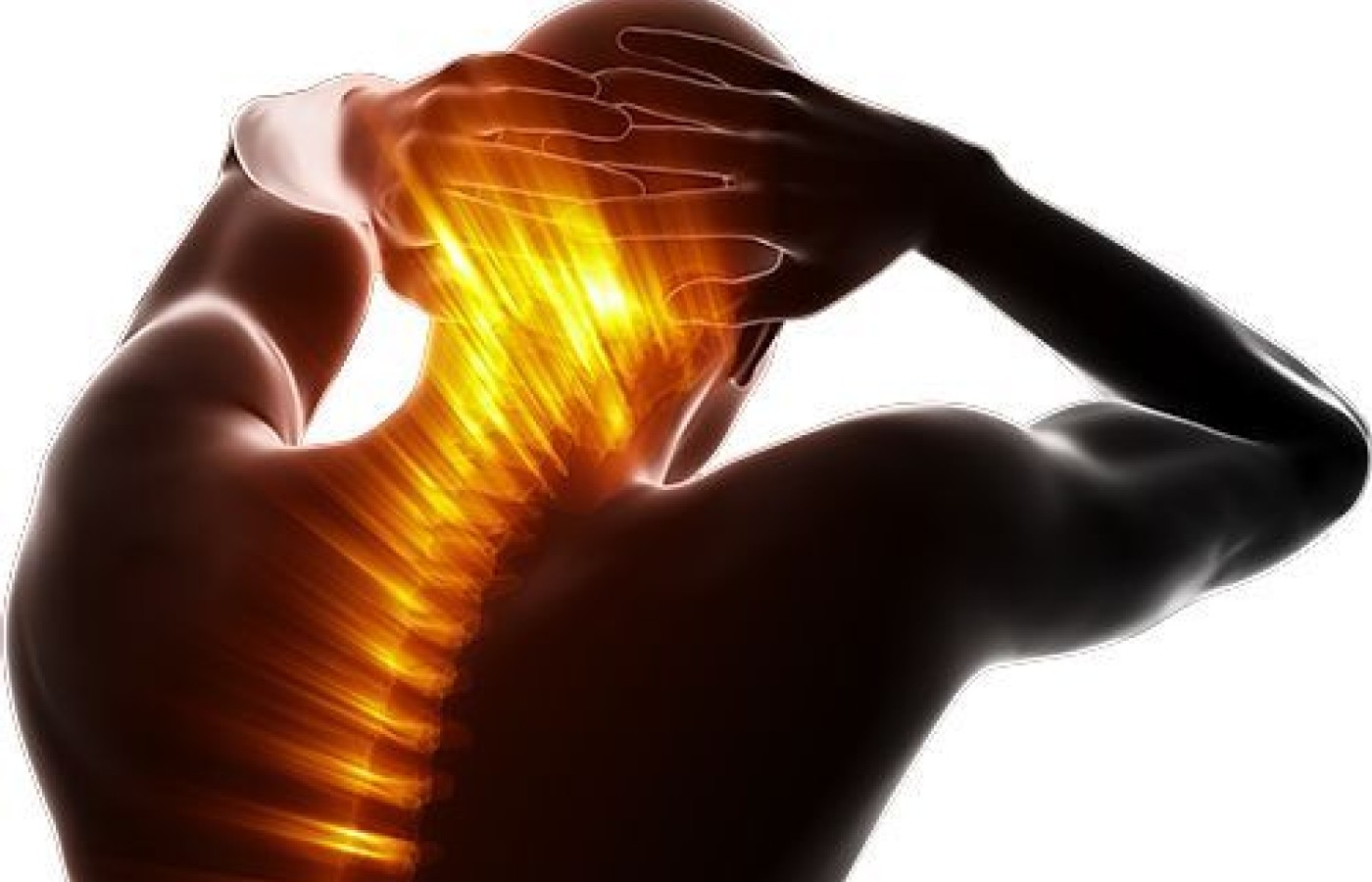On Oct. 21, 2025, a judge in Florida issued a groundbreaking decision in Complete Care v State Farm, 25-CA-1063. It concerns a fact pattern that many chiropractic doctors have faced wherein an insurer, such as State Farm or Allstate, decides to simply stop paying all claims submitted by a healthcare provider.
| Digital ExclusiveTreating Severe Chronic Pain: FIR Therapy Can't Hurt
Far infrared (FIR) energy has been studied and utilized in Asia for centuries. In North America, we are just beginning to understand FIR's positive attributes in fighting pain, inflammation and other medical conditions. Let's learn more about this ancient Asian therapy and how it can help your patients.
What Is FIR?

Far infrared rays are natural waves of light energy produced by the sun, totally invisible to the naked eye. FIR are the sun's rays that make us feel warm, but unlike ultraviolet rays, do not cause sunburn or damage the skin. Based on the difference in wavelength, infrared radiation can be divided into three categories: Near infrared radiation (0.8 to 1.5 um), middle infrared radiation (1.5 to 5.6 um), and far-infrared radiation (FIR; 5.6 to 1,000 um).The far infrared wavelength cannot be seen by the eye, but the body experiences its energy as gentle, radiant heat that can penetrate up to 1.5 inches beneath the skin. In fact, the epidermal temperature is actually higher when the skin is irradiated with FIR.
How FIR Heals
Cold and hot compresses penetrate the top layer of skin. FIR energy is absorbed deeper into the tissue, activating water molecules in the blood, increasing the blood flow and oxygen in the bloodstream. As the far infrared light energy is absorbed, the body's cellular metabolism improves, resulting in enhanced cell regeneration and soft-tissue repair.
Hyperthermic FIR therapies have been used for generations, but strangely, the biological effects are still poorly understood. What is known is that there are two ways of applying FIR therapy.
The first application is heated FIR from FIR saunas or FIR lighting panels. In this case, the FIR energy is electrically generated. The power densities of this type of therapy are in the tens of mW/cm2. Heated FIR therapy sources increase blood flow, likely as a result of increased thermoregulation when tissue is warmed.
Specialty lamps and saunas, delivering pure FIR radiation by removing the near and mid infrared bands, have become safe, effective, and widely used sources to generate therapeutic effects.
The second way of attaining a higher measure of FIR energy is through non-heating FIR therapy. This includes ceramic dishes, powders and fabrics; materials with no external power source. These sources have lower FIR irradiances (0.1-5 mW/cm2) and are the most difficult to scientifically validate since the cellular responses of FIR are insufficient to produce bulk heating of water in the tissue as in heated FIR therapy.
Scientific Explanation for Non-Heating FIR Therapy
Despite there being less biological data supporting non-heating FIR therapy, many clinical studies have concluded that test subjects experience positive results from the application of non-heating FIR products.
One scientific explanation for this lies in the concept of nanostructured water layers. Thin (nanometer) layers of water build up on hydrophobic surfaces such as cellular membranes. Relatively small amounts of vibrational energy delivered by non-heating FIR could disturb the structure of the membrane underlying the nanoscopic water layer. Small disturbances in the membrane structure can have significant effects at the cellular level if the membrane contains an ion channel.
Ion channels are present in all cell membranes, particularly in mitochondrial membranes. If mitochondrial ion channels can be opened by non-heating FIR, increasing mitochondrial respiration, it explains the overall positive therapeutic outcomes of non-heating FIR therapy.
Another explanation for the positive effects of non-heating FIR therapy involves energy transfer. Laws of thermodynamics tell us that energy can neither be created nor destroyed. Heat (molecular vibrational energy) is transferred from one body to another in three forms: radiation, convection and conduction. The principle source of energy needed to power the FIR emission from the garment comes from the human body, since it is at a significantly higher temperature than the surrounding air. In non-heating FIR products, energy from the human body is transferred to the FIR particles, which act as "perfect absorbers," maintaining the higher temperature and then emitting FIR back to the body.
It is plausible that FIR emitted from the skin is absorbed by the particles, which then re-emit the same FIR back to the skin. Although this may appear to be an energy neutral process and cancel itself out, the FIR emitting material will actually prevent the loss of FIR that would otherwise have escaped through normal clothing.
Clinical Studies
Research published on heated and non-heating FIR therapy, while not plentiful, is impressive. Many studies conclude that participants in FIR test groups notice reduced pain and other positive effects significantly more than controls.
An interesting study conducted for and published in BMC Complementary Medicine Journal studied socks containing FIR fibers. The study used 55 patients with chronic foot pain from diabetic neuropathy or other disorders. A double-blind, randomized trial was conducted, with patients twice completing a VAS, Brief Pain Inventory, McGill Pain Questionnaire, and a multipurpose short-form health survey with 36 questions before receiving either control or FIR socks. Patients completed the same questionnaires weeks later. More pain reduction was reported by subjects wearing FIR socks for eight of the nine pain questions employed, with a significant (P = 0.043) difference between controls and interventions for McGill question III.
The American Journal of Geriatrics also published a study in which elderly patients experienced an improvement of pain and disability from degenerative osteoarthritis of the knee. A fully randomized, partially double-blind trial resulted in a pain reduction of more than 50 percent within the group using the FIR therapy, whereas there was no significant improvement in the placebo group. Studies done with magnetic resonance imaging also suggest a more rapid recovery from muscle fatigue.
Omni Healthcare conducted a study using FIR hip supports in 17 of its long-term care residences over an 18-month period. At the completion of the study, it was determined that not only did the hip supports protect residents in the event of a fall, but residents wearing the FIR supports also expressed reduced pain, and nurses cited increased mobility and balance for those in the trial.
Yet another study originating in the Institute of Hematology and Hospital for Blood Diseases (Chinese Academy of Medical Sciences) looked at how the use of ceramic-impregnated garments with far infrared particles could help Raynaud's sufferers. Ceramic-impregnated "thermoflow" gloves were supplied to half of the participants. Placebo gloves identical in appearance, odor, and texture were supplied to the other half. All subjects were required to complete a pain diagram, short-form McGill Pain Questionnaire, and visual analogue scale for pain over a week from the day of assessment, as well as a diary of Raynaud's attacks.
Findings indicated that ceramic-impregnated "thermoflow" gloves were superior to placebo gloves in the management of Raynaud's symptoms. Significant improvements were documented in measures of pain and discomfort.
FIR saunas are frequently used in Japan, a practice called "Waon therapy." FIR saunas are believed to help with cardiovascular conditions and diseases, particularly chronic heart failure and peripheral arterial disease. FIR saunas heat the skin faster (in comparison with the conventional saunas) with less sweating.
A recent study was conducted to evaluate whether FIR saunas could have a beneficial effect on quality of life in patients with type 2 diabetes. The study intervention consisted of 20-minutes session, three times weekly over a period of three months. Physical health, general health, social functioning indices, and measurements for stress and fatigue all improved in the treatment group.
A study of patients with rheumatoid arthritis and ankylosing spondylitis also showed a reduction in pain, stiffness, and fatigue during infrared sauna therapy.
How to Incorporate FIR Into Your Chiropractic Therapy
As the benefits of infrared heat on soft-tissue injury become more widely known and studied, companies will start investing more in new technologies to leverage these health benefits. Today, specialty FIR-emitting saunas and heat lamps, along with garments made of FIR nanoparticles woven into fibers, are available to provide relief to millions of people suffering chronic pain or those healing newer injuries.
I have successfully been using FIR therapy with my young (and not so young) patients for many years as part of my high-performance care program. I have found FIR supports and braces accelerate injury recovery, and help with the pain and damage caused by overtraining. FIR compression garments have also been shown to help my patients suffering chronic pain from inflammatory diseases such as arthritis and diabetes. Many of my patients have found wearing FIR braces and supports at night between appointments to be helpful. They report sleeping better and experience increased mobility the next morning. While I haven't conducted a peer-reviewed study, I do know they are reporting relief and noticing improvements.
More clinical research needs to be conducted and published in North America on the benefits of FIR therapy to garner the attention of mass media and the medical profession. Once the benefits of FIR apparel are exposed, the applications will be wide-reaching both within the medical world and beyond. The commercial and humanitarian applications of FIR in apparel, outdoor wear, tents and bedding are very promising. I see FIR garments playing a huge role in performance-enhancing apparel for both leisure activities and competitive sports in the near future.
My personal experience and feedback from patients using FIR compression supports and braces demonstrates to me that non-heating FIR therapy does accelerate healing and reduce pain. FIR garments provide an affordable, efficient and comfortable means of complementing chiropractic therapy. For people dealing with severe chronic pain, incorporating FIR therapy into their chiropractic treatment can't hurt!
References
- Chih-Ching Lin, Chao-Fu Chang, Ming-Yu Lai, et al. Far-infrared therapy: a novel treatment to improve access blood flow and unassisted patency of arteriovenous fistula in hemodialysis patients. J Am Soc Nephrol, 2007;18:985-992.
- Vatansever F, Hamblin MR. Far infrared radiation (FIR): its biological effects and medical applications. Photonics Lasers Med, Nov 1, 2012;4:255-266.
- Ibid.
- Ibid.
- Ibid.
- Ibid.
- Ghaly FI. "Far Infrared Ray Treatments and Uses. Reversing the Aging Process - An Enlightened Doctor's Discovery," 1999.
- Beever R. The effects of repeated thermal therapy on quality of life in patients with type II diabetes mellitus. J Altern Complement Med, 2010;16(6):6770-81.



